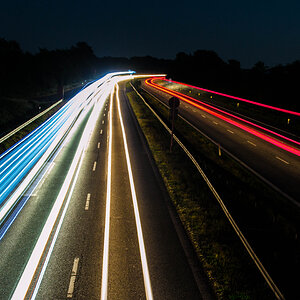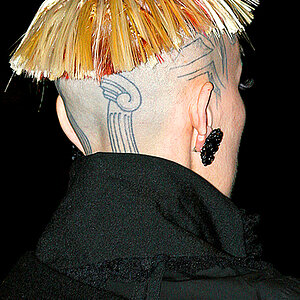markj
TPF Noob!
- Joined
- Nov 25, 2011
- Messages
- 236
- Reaction score
- 16
- Location
- Lakewood Ranch, FL
- Can others edit my Photos
- Photos OK to edit
Being relatively new to digital photography, I'm amazed at how often I hear about exposure compensation. Is it as important as it is made out to be? For example; I'm ready to photograph something, I set my WB, aperture, shutter speed and ISO. If I get those settings correct or close, does that eliminate the need for exposure compensation? Or is exposure compensation used for when one does not get the settings right?


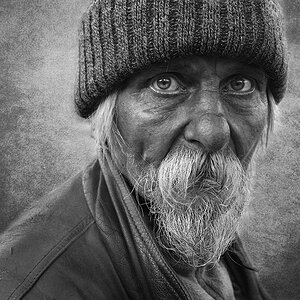
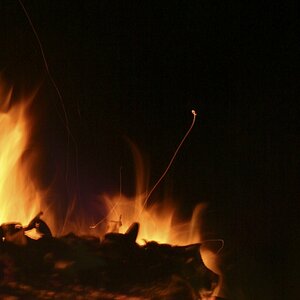
![[No title]](/data/xfmg/thumbnail/37/37138-63809b91a8061d61d48c541f18a69861.jpg?1619737885)




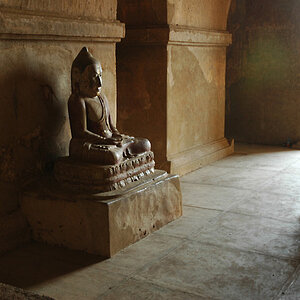
![[No title]](/data/xfmg/thumbnail/34/34071-9d82cc63ea930e951f24480c250e35d1.jpg?1619736266)
